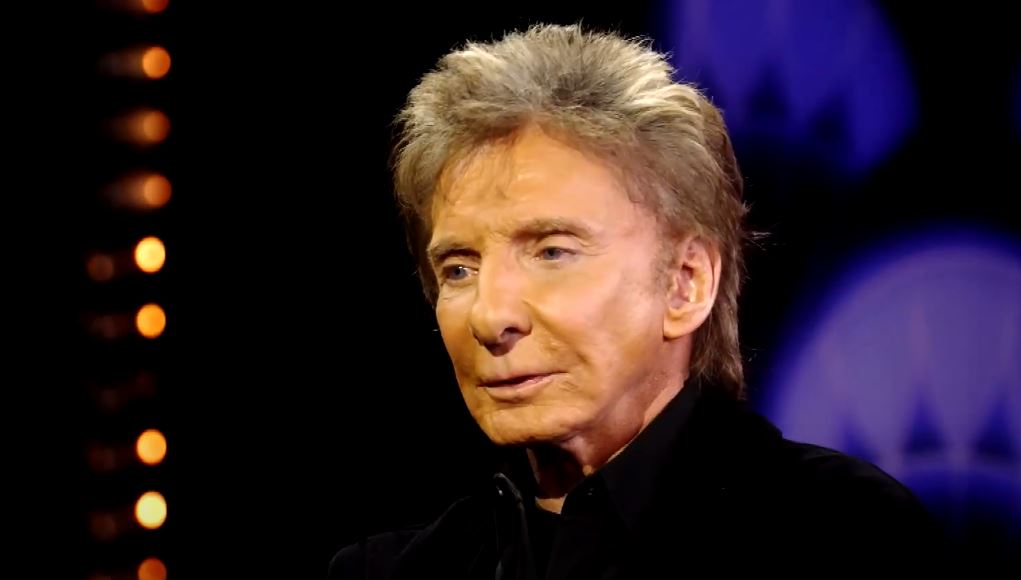
Barry Manilow’s financial tale begins subtly, builds to a strong crescendo, and has reverberating notes that last for decades, much like a well-written ballad. His career exemplifies the art of longevity in music, where timing, adaptability, and emotional connection become just as valuable as talent, and he is estimated to be worth $100 million. In addition to packing arenas over the last 60 years, he has established an empire that continues to be incredibly successful at making money.
His career started out modestly, creating commercial jingles for companies like Band-Aid and State Farm. He only received a few hundred dollars for each of these projects, which at the time were surprisingly inexpensive for advertisers. However, they provided a very clear training ground for crafting succinct, memorable hooks, a talent that subsequently propelled hits like “Mandy” and “Copacabana.” It was similar to learning to paint on a small canvas before moving on to larger murals in terms of music.
Barry Manilow – Personal & Career Profile
| Attribute | Details |
|---|---|
| Full Name | Barry Alan Pincus |
| Stage Name | Barry Manilow |
| Birth Date | June 17, 1943 |
| Birthplace | Brooklyn, New York, USA |
| Age (2025) | 82 |
| Height | 6 ft (1.84 m) |
| Occupations | Singer, Songwriter, Producer |
| Genres | Soft Rock, Pop, Adult Contemporary |
| Active Years | 1964–present |
| Net Worth (2025) | $100 million |
| Major Hits | Mandy, Copacabana, Can’t Smile Without You, Looks Like We Made It |
| Key Collaborations | Bette Midler, Dionne Warwick, Bruce Johnston |
| Awards | Grammy, Emmy, Tony, American Music Awards |
| Spouse | Garry Kief (m. 2014), Susan Deixler (m. 1964; ann. 1966) |
Manilow was experiencing a surge in chart success by the middle of the 1970s. At a time when, ironically, Manilow had just bounced a grocery store check, music mogul Clive Davis personally gave him his first million-dollar royalty check, which “Mandy” brought him. Such a shift from barely making ends meet to suddenly becoming wealthy is similar to the erratic turns that frequently characterize careers in show business.
His residencies in Vegas are especially inventive when it comes to live entertainment. Even before residencies were the money-making machines they are today, he reportedly made $60 million for a single year in a 2004 contract, which established a precedent. Breaking Elvis Presley’s performance record at Westgate Resort decades later showed not only endurance but also a business strategy that has significantly improved over time.
Another stage for his financial performance has been real estate. One of his million-dollar Malibu estates was later bequeathed to pop sensation Pink. His nearly 10,000-square-foot Palm Springs mansion is a perfect example of a private yet opulent space that is incredibly dependable in terms of comfort and value. His actions put him in line with other entertainers who have viewed real estate as both a haven and an investment, such as Cher, Streisand, and Elton John.
Manilow’s story gains a profoundly human dimension from his personal life. A relationship that would be kept secret for decades began when she met Garry Kief in 1978. The public’s reaction to their 2014 marriage was overwhelmingly positive. That moment demonstrated how authenticity, when shared, can enhance an artist’s legacy and reflected broader social progress, which was especially helpful for fans looking for representation in mainstream music.
His influence as a producer goes well beyond his own discography, as evidenced by the fact that he has influenced the soundtracks of other legendary artists like Nancy Wilson, Dionne Warwick, and Bette Midler. In the music industry, this capacity to foster others’ success is immensely adaptable, generating opportunities and royalties long after the initial release dates.
Manilow maintains an extremely effective schedule at the age of 82. His current residency bookings will continue well into 2025, guaranteeing a consistent flow of revenue and audience participation. These events are more than just concerts; they are celebrations of continuity and a living record of music’s timeless capacity to unite people of all ages.
From a cultural impact standpoint, Manilow’s catalog serves as a reminder that genuine sentiment never loses its market value. His fan base remained remarkably resilient, demonstrating that emotional resonance is a lasting asset, even though critics in previous decades occasionally disregarded his style as being unduly sentimental. Since their dedication greatly lessens the career volatility that many artists experience, the “Fanilows” are actually a case study in brand loyalty.
His financial story is far from finished when it comes to the future. Future partnerships, possible biographical projects, and catalog royalties all point to the possibility that his $100 million figure may increase. His career serves as an excellent example for aspiring artists on how to create multiple revenue streams, uphold audience trust, and change without losing one’s essential identity.
Like his music, Barry Manilow’s fortune has been built up over time, note by note, deal by deal, creating a portfolio that is not only monetary worth but also culturally significant. This kind of tale serves as further evidence that consistent artistic talent combined with astute business sense can transform a modest beginning into an extraordinary legacy.
